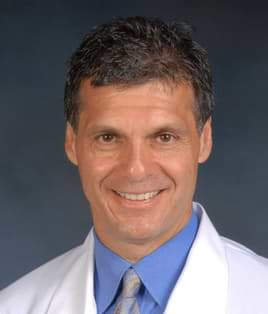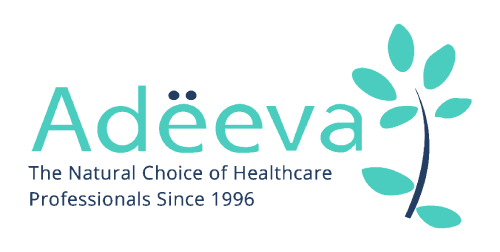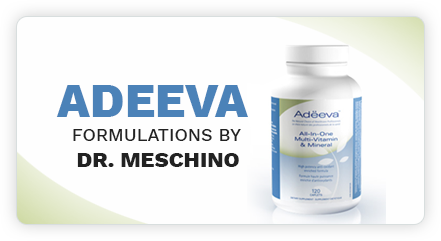
LMU – 173 Unlocking the Silent Epidemic: Non-Alcoholic Fatty Liver Disease (NAFLD)
Sources: Diseases (2018); Antioxidants (2018); World J Gastrointestinal Pathophysiol (2-17); Nutrients (2019); World J Hepatol (2019), World J Hepatol (2017)
Lifestyle Medicine Update (September 17, 2020)
Introduction:
In today’s world, we are witnessing a concerning surge in fatty liver disease cases, both in our society and across the globe. Fatty liver problems are broadly classified into two categories: those triggered by excessive alcohol consumption and those unrelated to alcohol intake. Addressing early-stage fatty liver problems caused by alcohol is a relatively straightforward solution – drink less or abstain altogether. However, what is truly alarming is the rapid escalation of fatty liver problems not linked to alcohol. This burgeoning issue, known as Non-Alcoholic Fatty Liver Disease (NAFLD) or non-alcoholic steatohepatitis (NASH), has reached staggering proportions, affecting approximately 25% of the world’s population and a whopping 30% of the U.S. population, equating to 97 million Americans.
The Roots of the NAFLD Epidemic
The recent upsurge in non-alcoholic fatty liver problems can be primarily attributed to the global rise in obesity and overweight statistics. However, a striking aspect of this trend is the increasing number of non-overweight individuals who are also falling victim to fatty liver issues. The evidence indicates that this is predominantly due to the excessive consumption of simple sugars, particularly diets high in fructose and sugary beverages, as well as the consumption of unhealthy fats, including saturated fats, deep-fried foods, and trans fats. The significance of this issue cannot be overstated, as fatty liver problems serve as the initial step toward the development of liver fibrosis, leading to life-threatening cirrhosis and primary liver cancer, scientifically referred to as hepatocellular carcinoma. In fact, due to the surge in fatty liver problems, hepatocellular carcinoma, once a rare form of cancer, is becoming increasingly prevalent in our modern society.
A Dire Progression: From NAFLD to Liver Cancer
Compounding the issue, we are witnessing a growing number of individuals with non-alcoholic fatty liver problems transitioning directly to liver cancer, specifically hepatocellular carcinoma, without first developing cirrhosis. Data reveals that non-alcoholic fatty liver degeneration is now the fastest-growing indication for liver transplants among patients with primary liver cancer. This alarming trend has far-reaching consequences, not only for liver health but also for overall well-being. Individuals grappling with fatty liver problems face an elevated risk of developing diabetes, experiencing premature mortality, and grappling with complications stemming from cardiovascular disease. While some individuals may carry genetic predispositions that heighten their risk of NAFLD, the primary cause remains rooted in diet and lifestyle choices.
Breaking Down the Barriers: A Holistic Approach to NAFLD
When it comes to addressing non-alcoholic fatty liver disease, there are no pharmaceutical magic bullets. The treatment and reversal of NAFLD hinge on substantial changes in diet and lifestyle, coupled with the potential inclusion of specific supplements demonstrated to combat this problem. In terms of dietary and lifestyle modifications, the focal point should be on strategies that reduce insulin secretion and enhance insulin function. Elevated insulin levels play a central role in converting consumed calories into fat within liver cells, the crux of the issue in fatty liver disease. Incorporating regular endurance exercise into one’s routine proves highly effective. A mere 30-minute power walk each day can significantly lower insulin levels and enhance insulin function, curtailing the conversion of carbohydrate and protein calories into liver fat. Equally vital is reducing the consumption of foods and beverages laden with simple sugars, which also diminishes the conversion of carbohydrates into liver fat. Avoiding unhealthy fats, such as high-fat meats and dairy products, deep-fried foods, and trans fats, is paramount. These offenders include red meat, pork, processed meats, butter, cheese, ice cream, and French fries, among others.
In sum, the overarching goal is to opt for lean protein sources like chicken breast, turkey breast, egg whites, fish, and soy-based proteins, provided they are not deep-fried or breaded. Reducing the intake of heavily sweetened foods and beverages like pastries, candy, and sugar-sweetened soft drinks is crucial. When it comes to dairy, opt for lower-fat options such as 1% or non-fat milk or yogurt, steering clear of cheese, butter, cream, whipped cream, and ice cream. Swap creamy salad dressings for olive oil and vinegar, and bypass tahini sauce and mayonnaise in favor of tomato sauce or olive oil-based alternatives like Aglio e olio for pasta dishes. Finally, strive to achieve a daily goal of 10,000 steps through walking or equivalent endurance exercises. This comprehensive strategy can not only reverse non-alcoholic fatty liver problems but also serve as a preventive measure against their development and the onset of metabolic syndrome (pre-diabetes) and type 2 diabetes.
Supplementing the Solution: A Glimpse into the Research
In forthcoming updates, we will delve into the research, unveiling specific dietary supplements and their recommended doses that have demonstrated the ability to reverse non-alcoholic fatty liver problems. The insights derived from human studies are bound to be both surprising and impressive.
Screening for Silent Trouble: Detecting NAFLD
Now, you may be wondering: How can you identify whether you have a fatty liver problem in the first place? The answer lies in your annual physical examination. Ensure that your doctor includes fasting triglyceride level and liver function tests in your blood panel work-up. These tests serve as crucial screening tools for potential fatty liver problems that may be lurking beneath the surface. It’s important to note that NAFLD can progress without presenting any noticeable signs or symptoms. Therefore, early detection through these blood tests is key. If left untreated in the early stages, NAFLD can rapidly advance to life-threatening conditions such as liver cirrhosis or hepatocellular carcinoma.
In conclusion, the surge in non-alcoholic fatty liver disease poses a critical challenge to our society’s liver health. Its far-reaching implications extend beyond the liver, affecting overall well-being and increasing the risk of severe health complications. While pharmaceutical interventions remain elusive, adopting a holistic approach centered around dietary and lifestyle changes offers a promising path to reversing and preventing NAFLD.
References
- Perumpail BJ et al. Potential therapeutic benefits of herbs and supplements in patients with NAFLD. *2018, 6(3):80.* [Read more](https://www.ncbi.nlm.nih.gov/pmc/articles/PMC6165515/)
- Yousef MH et al. Fatty liver without a large “belly”: Magnified review of non-alcoholic fatty liver disease in non-obese patients. *World J Gastrointest Pathophysiol 2017, 8(3):100-107.* [Read more](https://www.ncbi.nlm.nih.gov/pmc/articles/PMC5561430/)
- Aydos LR et al. Nonalcoholic fatty liver disease induced by high-fat diet in C57bl/6 Models. *Nutrients 2019, 11(12):3067.* [Read more](https://www.ncbi.nlm.nih.gov/pmc/articles/PMC6949901/)
- Velazquez KT et al. Prolonged high-fat feeding promotes non-alcoholic fatty liver disease and alters gut microbiota in mice. *World J Hepatol 2019, 11(8):619-637.* [Read more](https://www.ncbi.nlm.nih.gov/pmc/articles/PMC6717713/)
- Cholankeril G et al. Hepatocellular carcinoma in non-alcoholic steatohepatitis: Current knowledge and implications for management. *World J Hepatol 2017, 9(11):533-543.* [Read more](https://www.ncbi.nlm.nih.gov/pmc/articles/PMC5395802/)
- Hadi HE et al. Vitamin E as treatment for non-alcoholic fatty liver disease: Reality or Myth. *Antioxidants 2018, (1):12.* [Read more](https://www.ncbi.nlm.nih.gov/pmc/articles/PMC5789322/)
Dr. Meschino

Dr. James Meschino
ABOUT THE AUTHOR
Dr. James Meschino, DC, MS, ROHP, is an educator, author, and researcher having lectured to thousands of healthcare professionals across North America. He holds a Master’s Degree in Science with specialties in human nutrition and biology and is recognized as an expert in the field of nutrition, anti-aging, fitness, and wellness as well as the author of numerous books.


